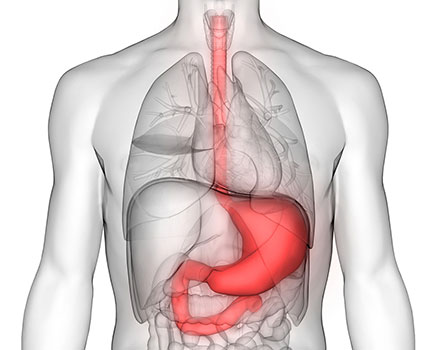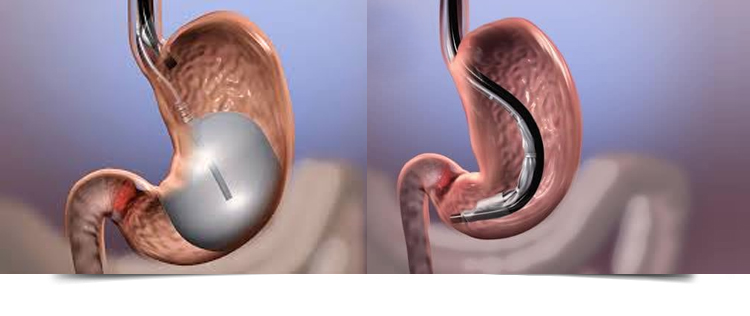EUS Guided Biliary Drainage

Feasibility of endoscopic retrograde cholangiopancreatography (ERCP) for biliary drainage is not always applicable due to anatomical alterations or to inability to access the papilla.
Percutaneous transhepatic biliary drainage has always been considered the only alternative for this indication. However, endoscopic ultrasonography-guided biliary drainage represents a valid option to replace percutaneous transhepatic biliary drainage when ERCP fails.
According to the access site to the biliary tree, two kinds of approaches may be described: the intrahepatic and the extrahepatic.
Endoscopic ultrasonography-guided rendez-vous transpapillary drainage is performed where the second portion of the duodenum is easily reached but conventional ERCP fails.
The recent introduction of self-expandable metal stents and lumen-apposing metal stents has improved this field. However, the role of the latter is still controversial. Echoendoscopic transmural biliary drainage can be challenging with potential severe adverse events.
Therefore, trained endoscopists, in both ERCP and endoscopic ultrasonography are needed with surgical and radiological backup.
Related Services

Dr. Bhavik Shah
Gastroenterologist in Raipur
After finishing his Graduation from prestigious Pravara Institute of Medical Sciences, Loni in 2011, Dr. Bhavik Shah joined Choithram Hospital and Research Centre in Indore.
Our other services
Timings
Mon - Sat (09:00Am - 10:00PM) Sun - (10 am–7 pm)
Phone No
+91-74894 92554
address
1st floor, Indian Chilli Square, Shankar Nagar Rd, opposite Vidya Hospital, Geetanjali Colony, Shankar Nagar, Raipur, Chhattisgarh 492001






